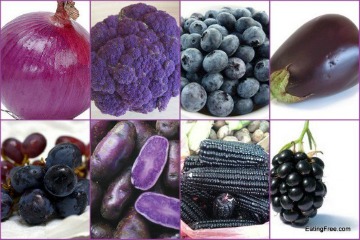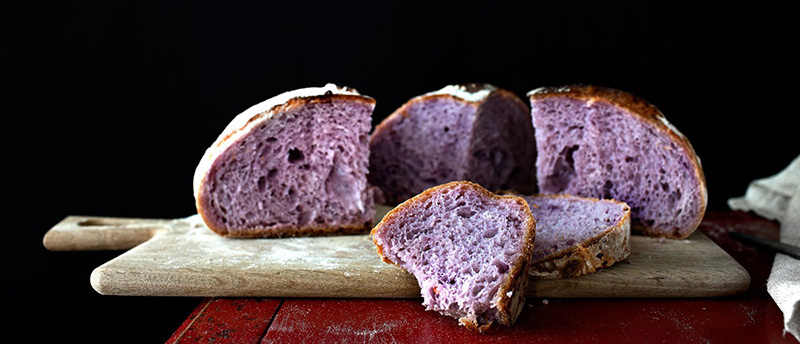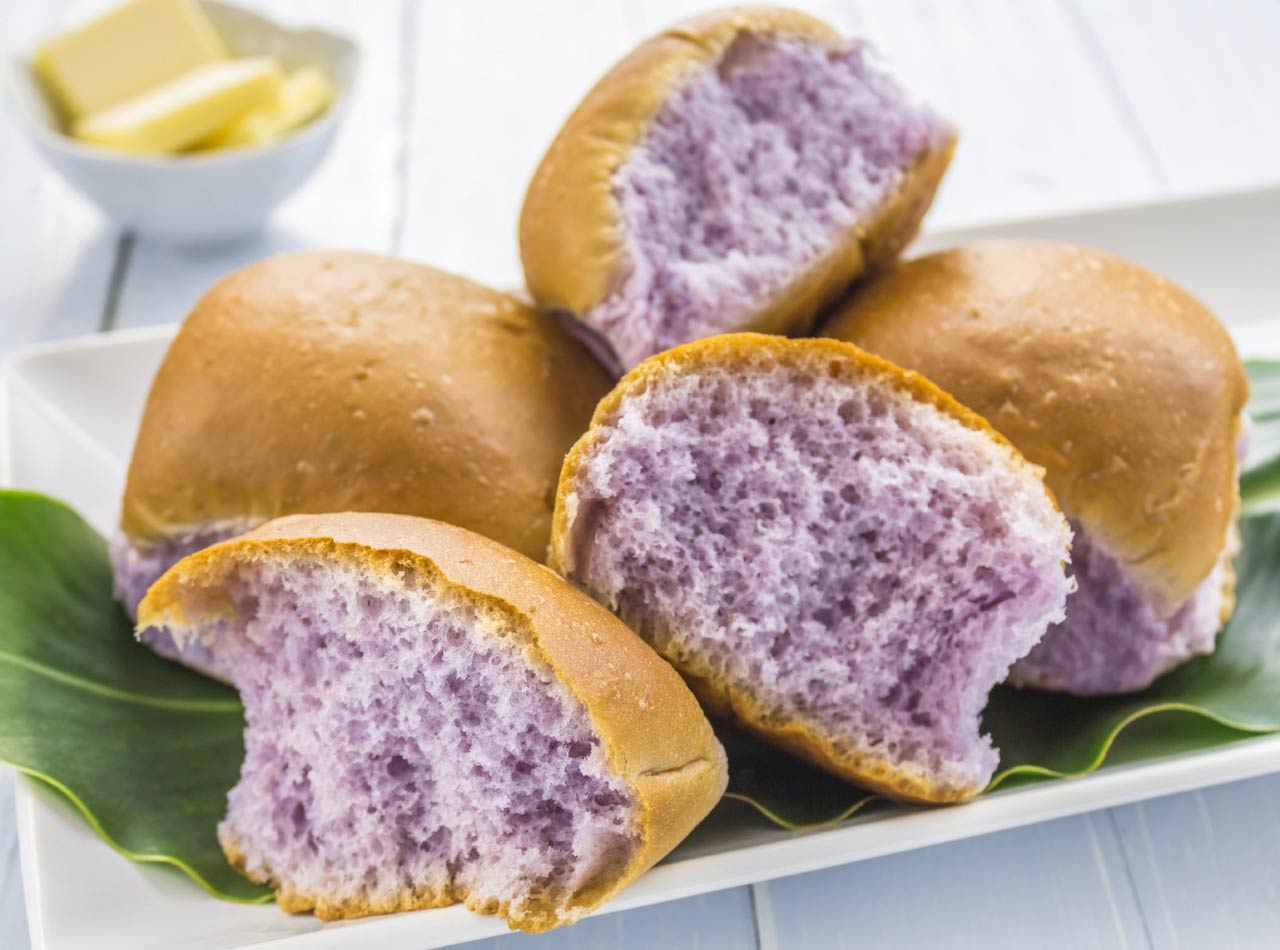First there were purple and blue-violet potatoes, and now there’s purple bread. Packed with fiber and protein, this new type of bread is easier to digest than its white counterpart according to its inventor, a Singaporean researcher.
Zhou Weibiao, Professor and Director of the Food Science and Technology Programme at the National University of Singapore, set himself the challenge of lowering bread’s glycemic index while keeping its softness.
White bread, which is made from refined flour, has a bad reputation in health terms. Its carb content gives it a high glycemic index and it has relatively low levels of fiber and minerals.
The scientist and his team worked for a year on this purple bread project. The results were published in October 2015 in several scientific journals, including Food Chemistry.
Purple bread was made by taking the anthocyanins from black rice and infusing them in white bread.
These anthocyanins, which occur naturally in certain fruits and vegetables (such as blueberries, bilberries, eggplants, and blackberries) give them their blue-purple color and act as antioxidants. Because of their natural pigments and other characteristics (water solubility and a lack of toxicity) they are used to replace synthetic coloring in the food and drinks industry.

Anthocyanins also have scientifically proven health benefits. The European Food Information Council (EFIC) categorizes them as flavonoids, substances present in plants with well-known antioxidant, anti-inflammatory, antiviral and antihistamine properties. It also states that anthocyanins play a role in the prevention of certain cancers and cardiovascular disease.
Professor Weibiao says that digestion of purple bread is about 20% slower compared to white bread, because of a chemical reaction between black rice enzymes and bread starch. Energy is therefore released over a longer period of time and the glycemic index is lower. And even though the calorie count is identical to white bread, the feeling of being full lasts for longer. This bread could therefore be a healthy snack as well as a good option for diabetics.

The researcher also stated that 80% of anthocyanins’ antioxidant properties are retained after cooking the bread at 200°C.
Professor Weibiao says that purple bread, which is not yet available in stores or online, will be more expensive than traditional bread. He has already been contacted by several food industry groups.
– Cover © IslandLeigh/Istock.com
– Source: AFP Relaxnews









